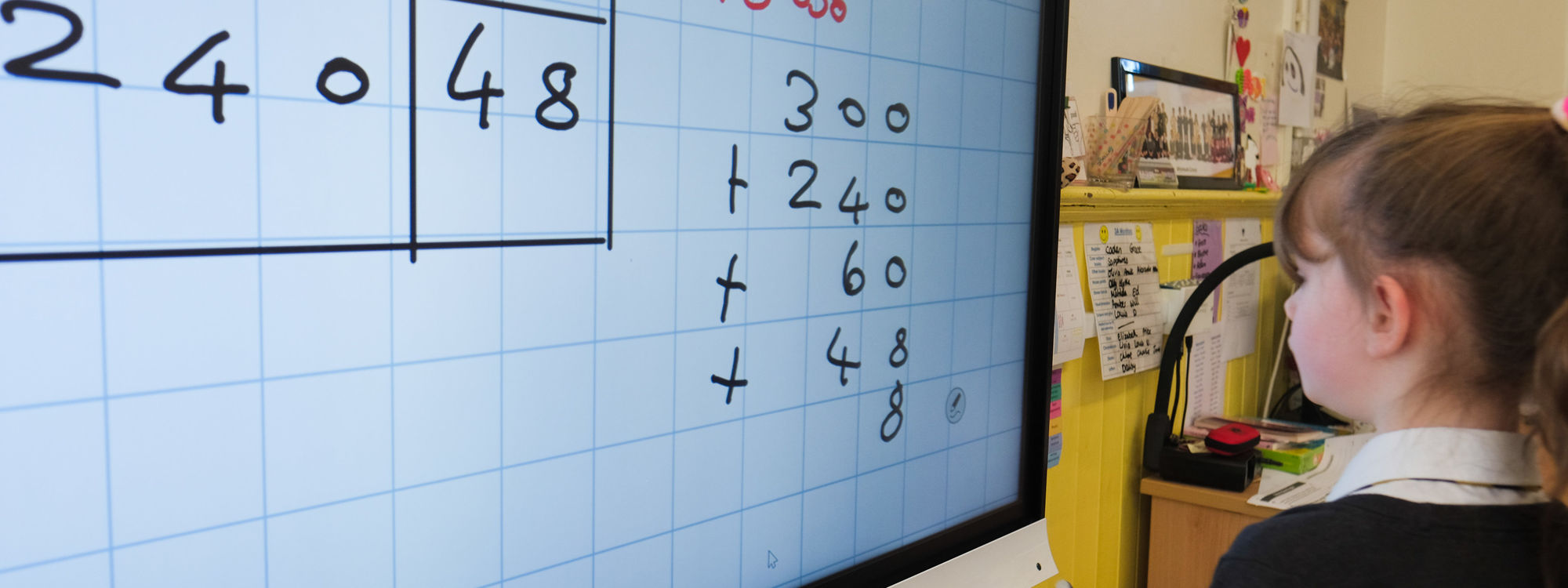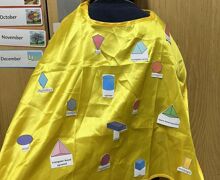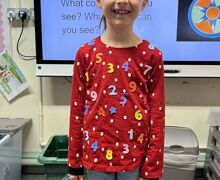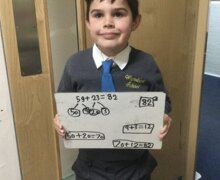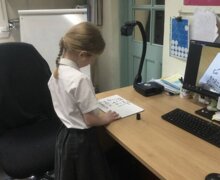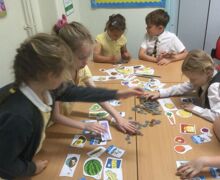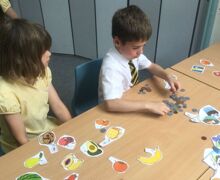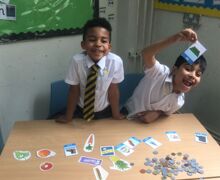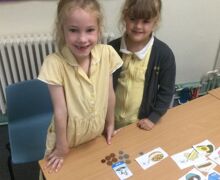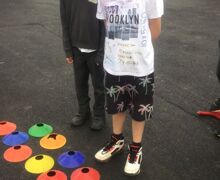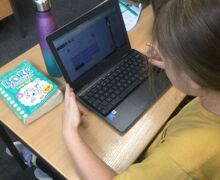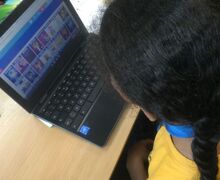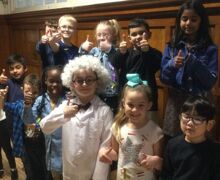Maths
Mathematics is a beautiful subject which has its own place in the curriculum of Whyteleafe School. Pupils can experience a sense of awe and wonder as they solve a problem for the first time, discover a more elegant solution and make links between different areas of mathematics.
Tiny coherent steps will be made in each lesson to develop a secure understanding. The small steps that were learnt in the previous lesson will be reviewed before moving on. Learning objectives are tight and reflect the new learning taking place in the lesson. By breaking down concepts into tiny steps, children are more likely to be secure and confident. By grouping key concepts and patterns they will be able to make connections to other areas of maths and apply their skills to a range of problems.
Questions will be planned carefully to ensure all children can access the learning and that their knowledge is deepening. All children will be expected to understand and use accurate mathematical vocabulary when explaining their mathematical thinking. They will be expected to speak in full sentences when sharing an answer. Relevant maths vocabulary will be displayed in the classroom, on slides and in books throughout all lessons in order to support their oracy.
When new learning is introduced, ideas and activities regularly move from teacher to children and back again. Planned mini plenaries will take place during independent tasks through questioning. The teacher will move around the room, checking the understanding of all pupils throughout the lesson allowing for instant feedback and formative assessment.
Children will be supported to make connections, notice patterns and structures and, from these, form and apply generalisations.
As a school, we put a high importance on improving the children's number and times table facts. By the end of Year 1, all children will know number bonds within 20. By the end of Year 4, all children will know their times tables to 12 x 12. They will be able to apply these facts confidently during maths lessons. If children are secure with number facts, they will be able to focus on the concept/method/pattern rather than the number facts needed to know the answer.
By the end of Year 6, a Whyteleafe child will be fluent in their times tables to 12 x 12. They will be able to reason about mathematics verbally and in written form using precise vocabulary. Children will spot patterns and make connections between different areas of mathematics whilst applying this understanding to problem solving situations.
Useful websites:
Topmarks
This site has some fun interactive games to help your child practise their times tables. ‘Hit the Button’ is a particular favourite.
www.topmarks.co.uk
CBeebies - Numberblocks
Numberblocks is a pre-school BBC television series aimed at introducing children to early number. Snappy animation and loveable characters combine with engaging storylines to gently introduce concepts of number to support early mathematical understanding.
www.bbc.co.uk/cbeebies/shows/numberblocks
NRICH Maths
NRICH provides thousands of free online mathematics resources for ages 3 to 18, covering all stages of early years, primary and secondary school education. NRICH’s activities focus on developing problem solving.
www.nrich.maths.org
Math Sphere
Two maths dictionaries; the first a general school dictionary. The second, a detailed maths dictionary explaining the more complex vocabulary.
www.mathsphere.co.uk
Maths is Fun
A maths dictionary, games and puzzles.
www.mathsisfun.com
Documents
| Page Downloads |
|---|
| Aiming to be Inclusive Maths |



